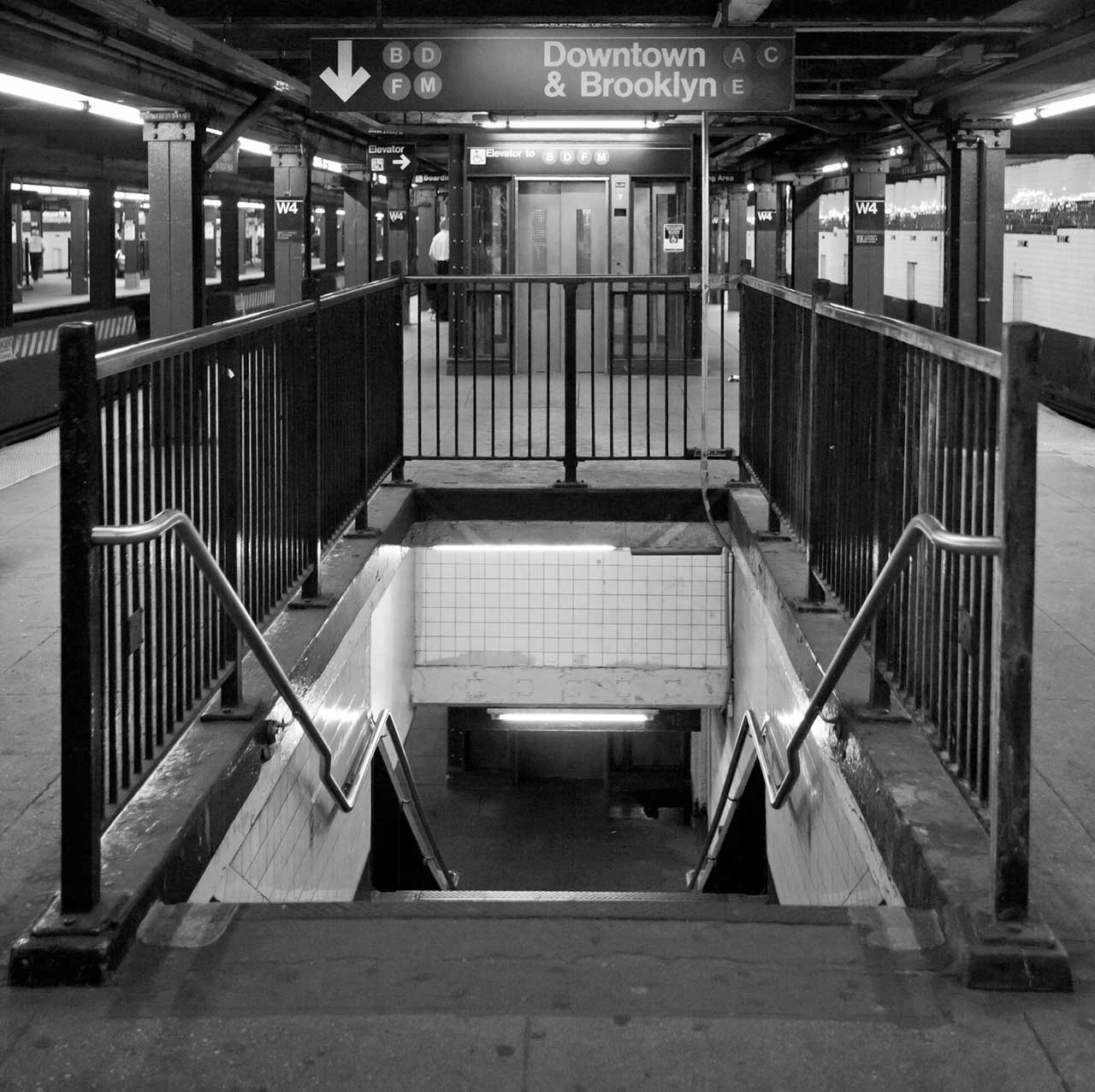Not By Money Alone: Rethinking the MTA's Infrastructure

As New York’s deteriorating mass-transit system grabbed the attention of state and local leaders this past summer, elected officials nodded their heads in agreement that the state-controlled Metropolitan Transportation Authority (MTA) needs more money for capital improvements. The officials disagreed only on which level of government—the state or the city—should provide these new resources, and through what mechanism.
True enough, the MTA does need additional financial resources. But neither the state nor the city should provide these resources until the MTA can prove that it can perform better in choosing, executing, and financing capital projects for the benefit of New York City residents, visitors, and workers.
For more than a decade, the MTA has failed to demonstrate that it can invest existing resources wisely. First, the authority has favored the improvement and expansion of commuter-rail lines over subways, even as ridership growth on subways has exceeded ridership growth on commuter-rail lines. Second, the MTA has failed to efficiently manage its large projects, with cost overruns and schedule delays overwhelming the downstate region’s ability to plan for the future. Finally, the MTA has failed to demonstrate success with new ways to deliver projects to save money and time, as well as new ways to finance projects to better reflect who benefits from them.
______________________
Nicole Gelinas is a senior fellow at the Manhattan Institute and contributing editor at City Journal. Follow her on Twitter here.
Are you interested in supporting the Manhattan Institute’s public-interest research and journalism? As a 501(c)(3) nonprofit, donations in support of MI and its scholars’ work are fully tax-deductible as provided by law (EIN #13-2912529).